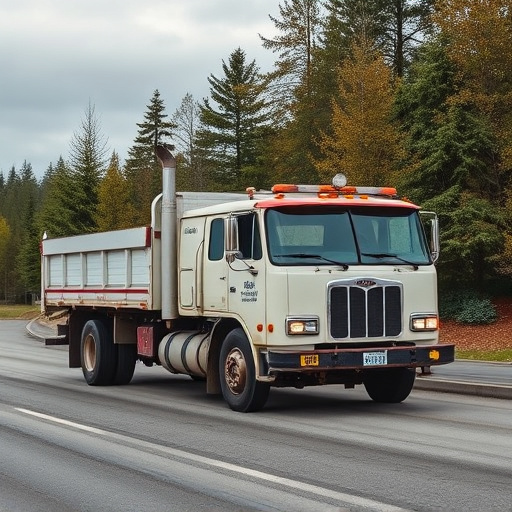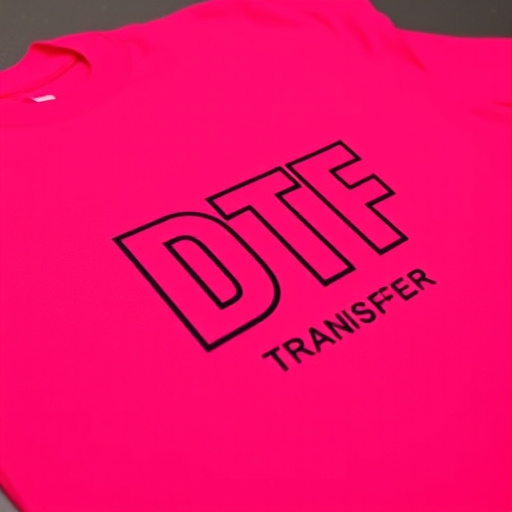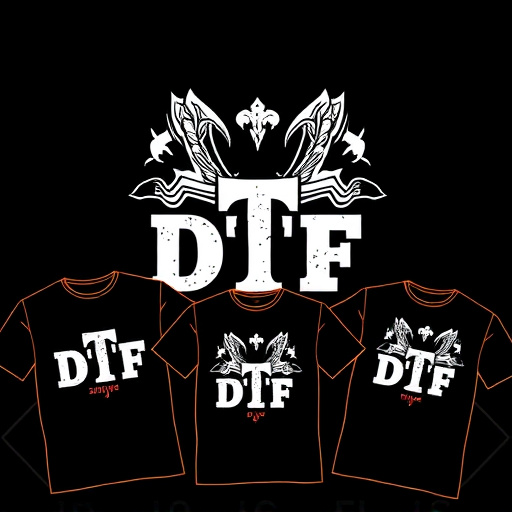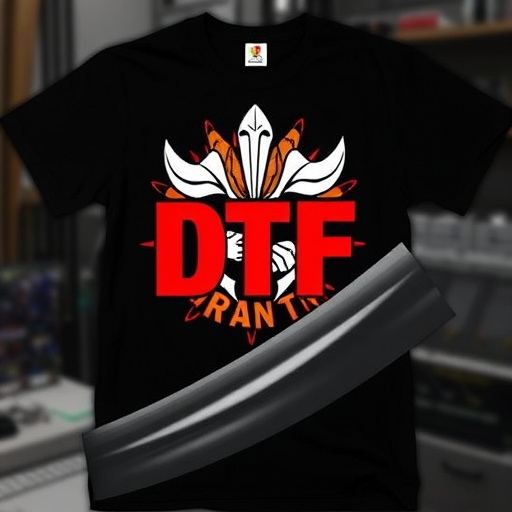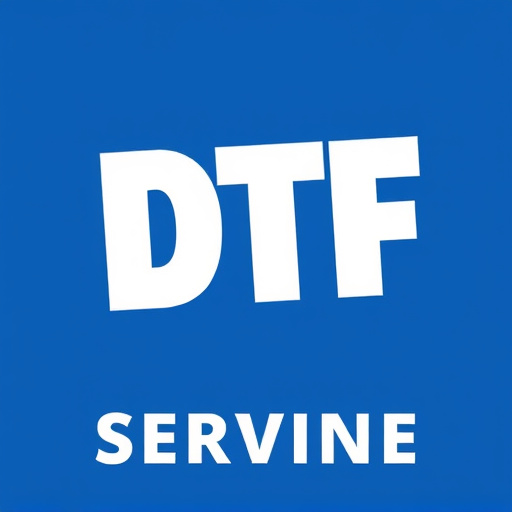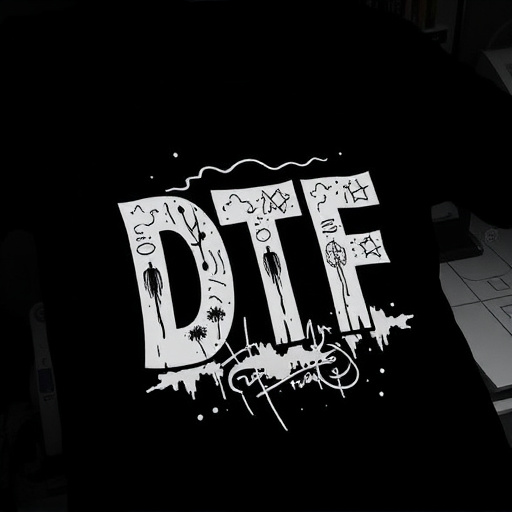Print shops are adopting DTF (Direct to Film) powder adhesive systems for enhanced production efficiency, improved print quality, and versatility in handling diverse materials like plastics, metals, and fabrics. These adhesives offer faster drying times, reduced waste, and superior bond strength. Technological advancements in polymer technology enable precise control over adhesive properties, contributing to sustainability by minimizing environmental impact. While integrating new systems can present challenges like API timeouts, strategic partnerships with specialized providers, rigorous testing, system optimization, and real-time data monitoring help minimize downtime. Advanced analytics and automation facilitate predictive maintenance, ensuring DTF Powder Adhesive systems operate seamlessly, boosting productivity and customer satisfaction.
Print shops are continually evolving, and one area seeing significant upgrades is the DTF (Direct To Film) powder adhesive system. With the rapid advancement in printing technology, DTF systems offer enhanced efficiency and versatility for various applications. This article explores the modern advancements in DTF powder adhesives, highlighting their improved properties, environmental benefits, and the positive impact on print quality. We’ll delve into how these upgrades are transforming the printing industry.

In recent years, print shops have been upgrading their DTF (Direct to Film) powder adhesive systems to meet the growing demands of modern printing and packaging industries. This transition isn’t just about keeping up with technological advancements; it’s a strategic move to enhance production efficiency, improve print quality, and accommodate diverse material requirements. The traditional wet adhesive methods are being replaced by DTF powder adhesives, which offer numerous benefits such as faster drying times, reduced waste, and superior bond strength on various substrates.
These upgraded systems leverage advanced polymer technology to create powders that effectively adhere to materials like plastics, metals, and even certain types of fabrics. The precision in controlling the adhesive properties allows print shops to fine-tune their processes for specific applications, ensuring consistent and high-quality results. Furthermore, DTF powder adhesives contribute to a more sustainable printing process by minimizing environmental impact through reduced water usage and lower emission levels compared to wet adhesive systems.
API responded with status code 504.

In the realm of printing, DTF (Direct to Film) powder adhesive systems have evolved significantly, driven by advancements in technology and industry demands. Print shops are continuously upgrading their equipment and processes to meet modern standards, ensuring faster production times and enhanced print quality. One notable challenge in this transition is managing the integration of new systems, particularly when dealing with APIs that return status codes like 504, indicating gateway timeouts. These technical hiccups can impede efficient workflow, prompting shops to invest in robust troubleshooting and IT support for seamless DTF Powder Adhesive operations.
To address these issues, print shop owners are collaborating closely with technology partners who specialize in DTF solutions. This partnership approach involves rigorous testing, system optimization, and real-time data monitoring to minimize downtime. By leveraging advanced analytics and automation, print shops can now predict and prevent potential API-related problems, ensuring their DTF Powder Adhesive systems run smoothly and efficiently, thereby enhancing overall productivity and customer satisfaction.
Print shops are continually upgrading their DTF (Direct to Film) powder adhesive systems to enhance print quality and efficiency. By embracing innovative technologies and techniques, these businesses ensure they stay competitive in the market. From improving drying times to achieving superior image clarity, the evolution of DTF Powder Adhesives is a game-changer for the printing industry, offering both environmental benefits and enhanced productivity.





